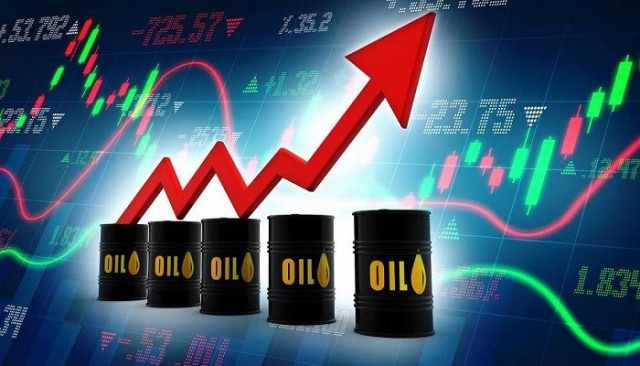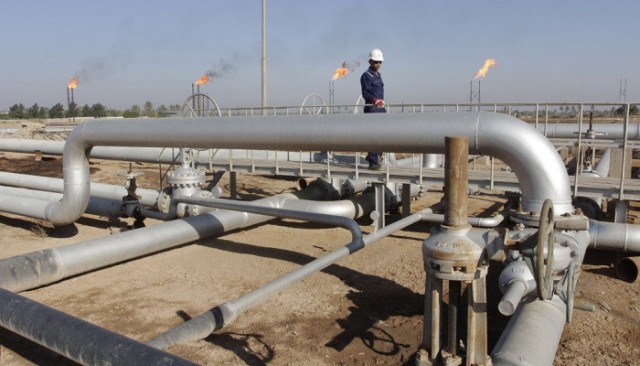a
Oil prices rose today, Monday, as Brent crude futures reached their highest levels in more than three years and approached the highest level since 2014, as investors bet that supplies will remain limited due to pressures on production by major producers, while global demand was not affected by the spread of the mutant. The new Omicron of the Corona virus.
According to Arab Net, Brent crude futures increased by 40 cents, or 0.5%, to $ 86.46 a barrel by 06:41 GMT. Earlier in the session, contracts recorded $86.71 a barrel, the highest since October 3, 2018.
US West Texas Intermediate crude contracts also rose 58 cents, or 0.7%, to $ 84.40 a barrel, after reaching $ 84.78 a barrel, its highest level since November 10, 2021.
The gains follow a rally last week in which Brent crude rose more than 5%, and West Texas Intermediate crude rose more than 6%.
Traders said that the high demand for oil purchases, driven by the lack of supplies, and indications that the variable Omicron did not affect demand, as it was feared that the prices of some types of crude would be pushed to their highest levels in years, indicating that the rise in the price of Brent may continue for a longer period.
The OPEC+ group, which includes the Organization of the Petroleum Exporting Countries and allies of other producers, is gradually backing away from production cuts that were implemented when demand collapsed in 2020.
But many small producers cannot increase supplies and others are wary of pumping more in the event of another setback in the COVID-19 pandemic.
On Friday, US officials expressed concern that Russia was preparing to attack Ukraine if diplomacy failed. Russia, which is massing about 100,000 troops on the border with Ukraine, released pictures of its forces' movement.
Two US officials and two energy sources told Reuters on Friday that the US government had held talks with several international energy companies about contingency plans to supply natural gas to Europe in the event a conflict between Russia and Ukraine disrupted Russian supplies.
On the other hand, US crude stocks fell more than expected to their lowest levels since October 2018, but gasoline stocks rose with weak demand, according to data from the US Energy Information Administration.
Sources told Reuters that China plans to withdraw from its oil stocks around the Lunar New Year holiday, which begins on January 31 and will continue until February 6, as part of a coordinated plan with the United States and other major consumers to limit the rise in global prices.









































